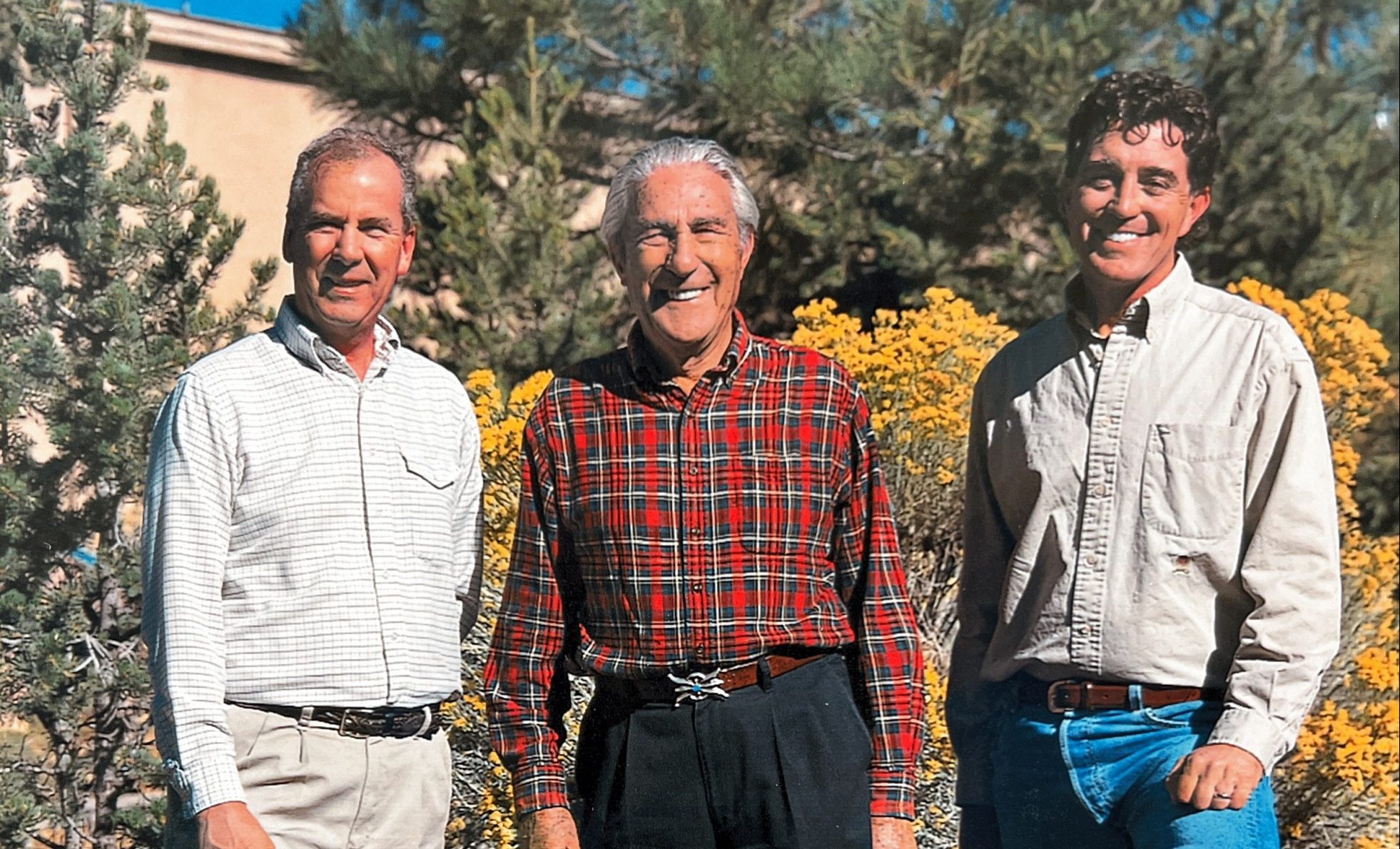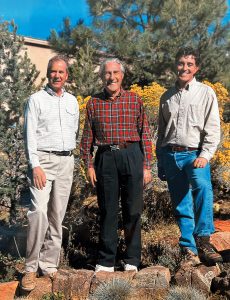Stewart Udall writes of his role in saving sites with the Conservancy and the challenges of the future.
Growing up in Indian Country in St. Johns, Arizona, and later serving as a member of Congress and Secretary of the Interior, has given me a life-long association with Native Americans.
As a boy, I was fascinated with the nearby ruins of past civilizations such as the Anasazi. In my years in public service, while we were able to protect several of the most spectacular of these sites, I also became increasingly aware of the wholesale destruction of irreplaceable antiquities that was occurring throughout the nation.
The Archaeological Conservancy, with its focus on archaeological sites on private lands, rose to meet the challenge. We demonstrated that important archaeological sites on these lands could be saved by private action. Getting started was not easy, and there were times when we thought we would not make it; but with lots of help from people who care about our past, we have.
But where do we go from here? The challenges of the next century are enormous. Not only are archaeological sites threatened by professional looters, but the pace of economic development has quickened as well. Urban sprawl is now as much a threat as the grave robber. We will have to work more closely with city and county planners to steer new developments away from archaeological sites. We will have to work closely with state and federal land managers to develop new strategies to preserve the ruins of whole cultures, not just individual sites. And we will have to redouble our efforts to buy and preserve privately-owned sites throughout the nation.
Our first 20 years are rich in achievement, but they have only laid a foundation for what must come in the next century if we are to preserve our past.





